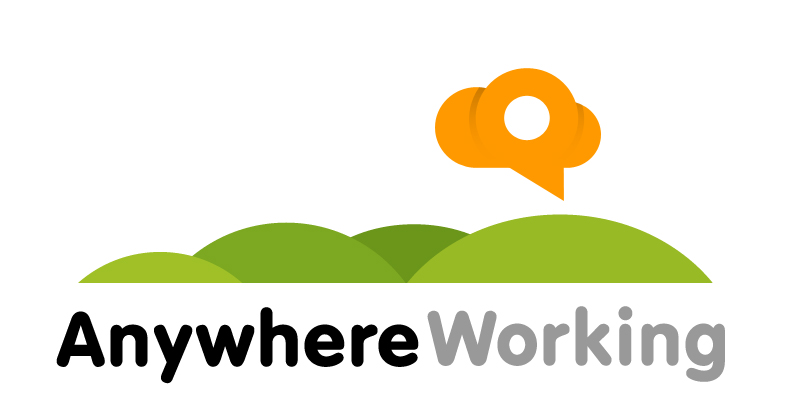Bring Your Own Device, or BYOD, is the new business buzzword of choice, but what is it? Simply, it’s the ability to bring your own device – laptop, tablet, phone – to work and use those instead of company devices. If you’ve got a brand new laptop or Nokia Lumia 800, it’s probably going to be better than your work phone or computer, so surely you’d rather use that at work as well?
Despite the newfound excitement about the BYOD concept, a study by research firm IDC reveals that only 20% of people actually want it. While 20% of a workforce is still a significant percentage, considering the initial cost and extra investment required by IT departments, it’s easy to dismiss the huge rush for BYOD as a bit premature.
So why should we introduce BYOD?
A City AM feature revealed that by 2015, people will have as many as seven computing devices at home. You are likely to replace a home device at a far faster rate than a company will replace its own device. This means the potential to have far superior hardware, which the user is more accustomed to.
One of the attractions to BYOD is the flexible working potential. With a BYOD policy, it makes flexible working a simpler transition as you can use the devices that you will probably have with you anyway. With emergencies when you can’t make it to work, BYOD means you will already have your work computer with you because it’s the same as your home one.
With your own mobile, you’re likely to have superior phone connectivity and processing power, making tethering far easier and faster.
This means BYOD can help that transition into flexible working for those who haven’t taken the plunge yet.
But what are your experiences? If you’re part of the 80% of people uninterested in BYOD, what would help change your mind or do you really just have no appetite for mixing work and pleasure?


